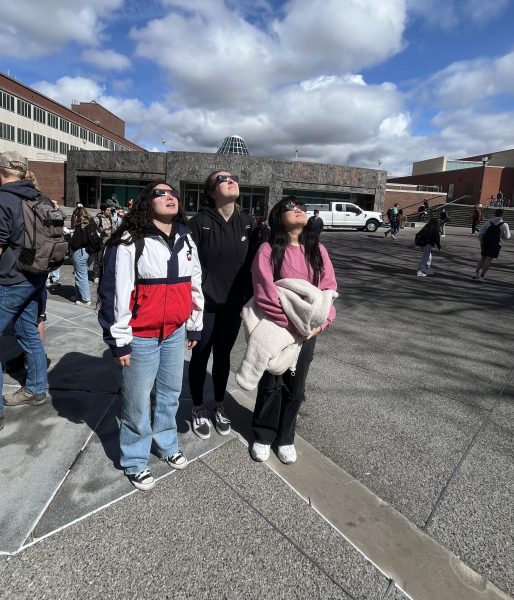Despite rumors, Pullman in safety zone
March 23, 2015
Pullman residents have little to worry about as the Palouse gets warmer and approaches fire season. Despite popular belief that might suggest otherwise, the Pullman fire chief iterates that the city is in a low-risk area.
Pullman Fire Chief Mike Heston said many of the fire risks in Pullman can either arise from the changing of seasons, locally planted trees, juniper bushes, cottonwood tree fluff and tall vegetation on hillsides.
According to results from data collected by CoreLogic, a global property information provider, more than $2 billion worth of property in 13 western states are at a high fire risk, but Pullman’s fire risk is relatively low.
“Washington is in the low risk category,” Heston said. “In Pullman, I would say we are in the low risk category to all of these hazards as well.”
The CoreLogic data is split into four different risk categories, two that rank risk score and two that display the cost of labor materials to replace a house if it were to burn down. The two categories that rank risk are the wildfire risk level and the wildfire risk score.
The wildfire risk level ranks houses as either low, moderate, high, or very high.
The wildfire risk score is similar to the wildfire risk level, but instead of ranking “high” or “very high,” the risk score is ranked numerically. In context, a house that ranks as very high would fall into the 81 – 100 category, but unlike the risk level, the risk score includes things outside of one’s property that affect fire risk, like brush or tall trees.
“We want people to be aware of the risk,” said Thomas Jeffery, the senior natural hazard scientist for CoreLogic.
“Each value is taken on an individual property-to-property level,” Jeffery said.
In Pullman, there are only five properties with a very high wildfire risk level and 77 properties that rank from 81 – 100 in the wildfire risk score.
“We are measuring property risk, not just the risk on the property,” Jeffery said.
However, this information isn’t as helpful as it may seem for local firefighters.
Scott Niebuhr, a Clarkston firefighter, said fire data is not something that can really help firefighters in low-risk areas.
“In theory yes this data will help, but the practicality of the information will be harder to use,” Neibuhr said. “Fires vary so much by location and are very much on a case-by-case basis.”
Heston said the data has more practical uses in high-risk areas.
“For high-hazard areas, this data would be more useful as well as for insurance companies and people making a choice whether to build a house in this area,” Heston said.





















